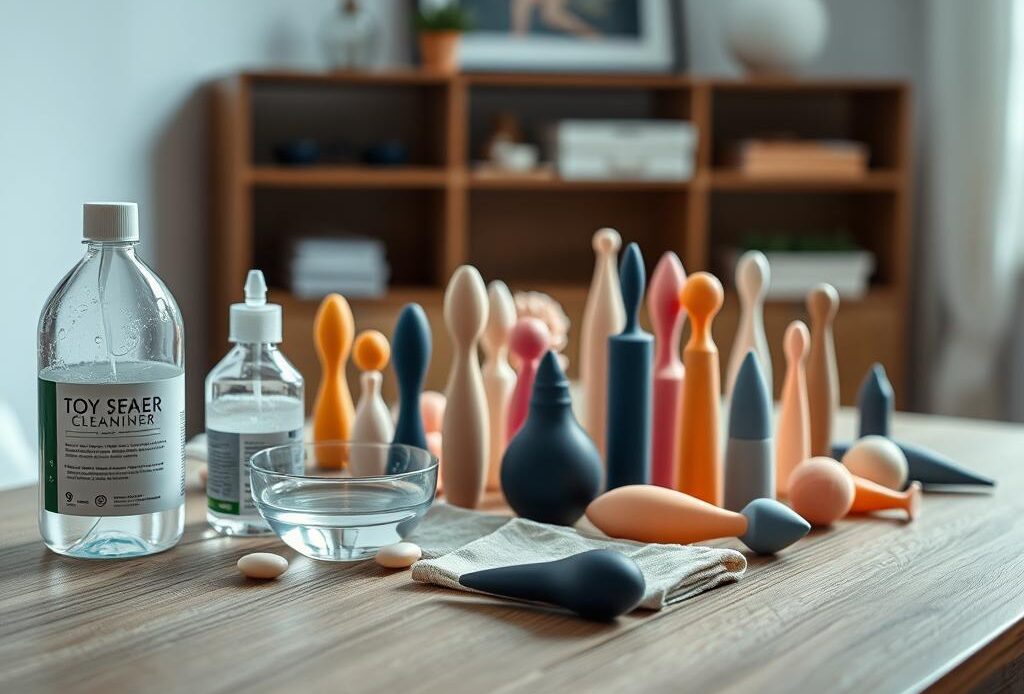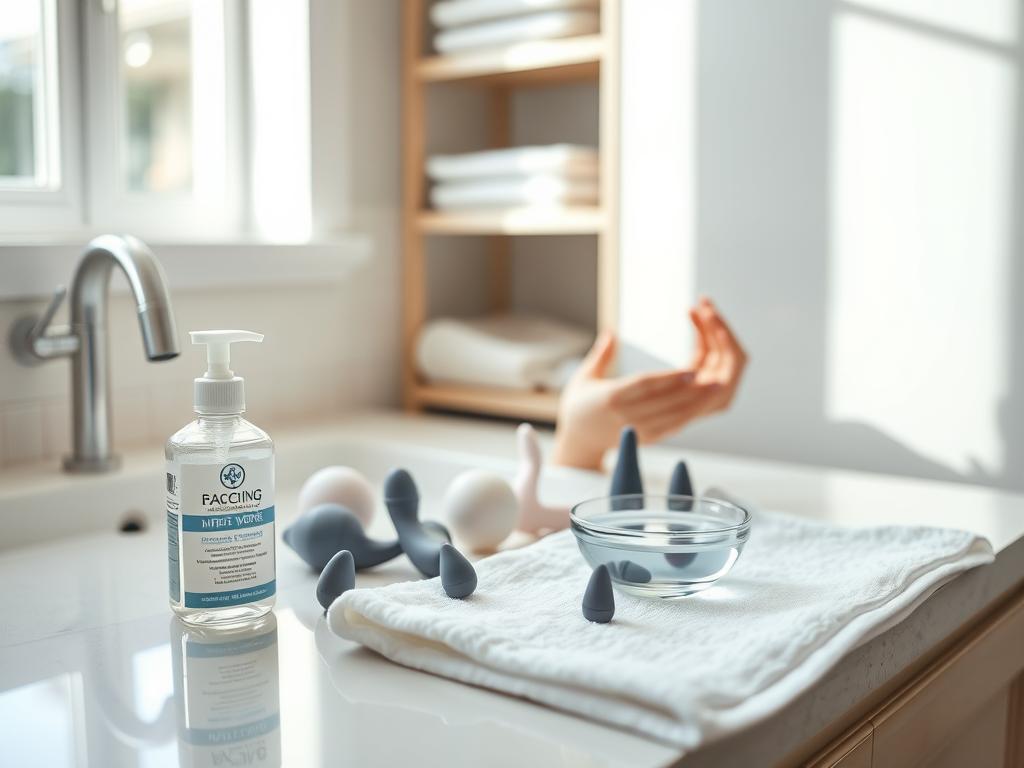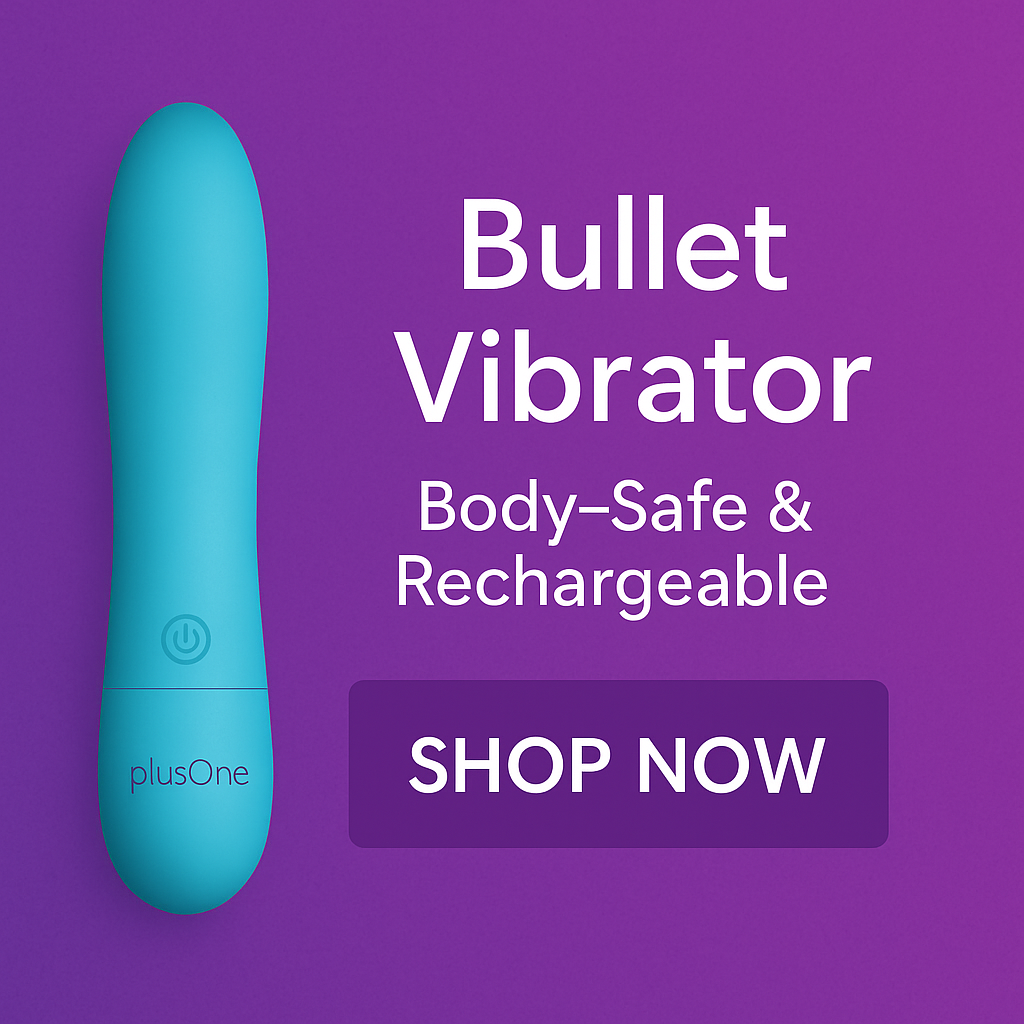
We all want our personal products to last while protecting our well-being. Proper maintenance isn’t just about hygiene—it’s about safety, performance, and peace of mind. Whether you’re new to these items or a longtime user, a consistent care routine makes all the difference.
Experts like Bianca Alba emphasize that regular upkeep prevents unwanted bacteria and preserves material quality. Not all devices are created equal, though. Some require gentle soap, while others need specialized sprays. Waterproof ratings and porous materials also play a role in choosing the right method.
This guide simplifies the process. We’ll walk through practical steps tailored to different types of products. You’ll learn why checking manufacturer instructions matters and how quick habits today can save time (and money) tomorrow. Let’s dive in!
Key Takeaways
- Hygiene protects against bacteria and extends product lifespan
- Material type determines cleaning solutions and techniques
- Always follow brand-specific care guidelines
- Consistent routines prevent long-term damage
- Proper storage maintains discretion and functionality
- Upcoming sections break down methods by material category
Understanding Your Sex Toy Materials
Knowing what your items are made of shapes their care routine. Non-porous surfaces resist moisture absorption, while porous ones trap particles in microscopic gaps. This distinction impacts hygiene practices and product longevity.
Non-Porous Materials and Their Benefits
Silicone, glass, and medical-grade hard plastics dominate this category. Their smooth surfaces prevent bacterial growth and allow thorough sanitization. A 2023 industry study found silicone-based items retain 98% fewer microbes than porous alternatives after washing.
| Material | Cleaning Ease | Durability |
|---|---|---|
| Silicone | High | 5+ years |
| Glass | Very High | Indefinite |
| Hard Plastic | Moderate | 3-5 years |
Porous Materials: What to Watch Out For
Jelly rubber, PVC, and TPE require vigilance. Their sponge-like texture can harbor fungi if not dried completely. As Dr. Lena Marquez notes:
“Porous surfaces need antibacterial solutions—water alone won’t reach trapped pathogens.”
Always verify composition labels before maintenance. While some newer porous blends claim improved safety, most experts recommend replacing them every 6-12 months. Pair specialized cleansers with airtight storage for best results.
Preparation for Effective Cleaning
Proper care starts before you even begin the process. Gathering your toolkit and verifying device specifications ensures smooth, hazard-free upkeep. Let’s explore how to set yourself up for success.

Gather Before You Start
Assemble these essentials first: mild soap, soft cloths, and manufacturer-recommended solutions. Experts suggest keeping accessories like brushes or storage bags nearby. This prevents mid-process scrambles that could lead to incomplete sanitization.
Power Down and Verify
Always disconnect power sources. As Bianca Alba demonstrates in her tutorials, leaving batteries in during maintenance risks corrosion and electrical damage. Check product labels for IPX water-resistance ratings—submerging non-waterproof items voids warranties and causes malfunctions.
Use lukewarm water mixed with fragrance-free cleansers for most materials. Specialty sprays work better for sensitive surfaces, but always confirm compatibility first. A 2023 consumer survey found 73% of maintenance errors occur from skipping these preparatory checks.
“Three minutes of prep prevents three hours of frustration later.”
Make sure your workspace has proper ventilation and clean surfaces. Keep drying towels ready to prevent moisture buildup. These simple steps create a foundation for thorough, efficient care routines that protect both your items and your well-being.
Step-by-Step Cleaning Process
Keeping your items fresh and safe starts with mastering the right techniques. Let’s break down two approaches: quick daily upkeep and thorough weekly routines. Timing and tools matter—here’s how to tackle both effectively.
Surface Cleaning vs. Deep Cleaning Techniques
Daily maintenance takes just 60 seconds. Wipe surfaces with a damp cloth and mild soap. This removes residue but doesn’t eliminate hidden germs. For thorough sanitization, submerge non-electrical pieces in boiling water for 3 minutes. Research shows this kills 99.9% of microbes.
Intricate designs need extra attention. Use a soft-bristled toothbrush to scrub grooves where particles accumulate. Always check material compatibility first—boiling works for silicone and glass, not porous blends.
Using Soap, Water, and Specialized Cleansers
Lukewarm water works best with fragrance-free cleansers. Foam the solution gently—scrubbing too hard damages surfaces. Rinse thoroughly, then pat dry with a lint-free towel. For electronics, follow these guidelines to avoid water damage.
Specialty sprays offer convenience but verify ingredients. As one lab technician notes:
“Alcohol-based solutions degrade some materials—always test a small area first.”
Rotate between methods weekly. Combine quick wipes with monthly deep sessions. This balance maintains hygiene without excessive wear.
cleaning and storing sex toys
Your device’s longevity and safety depend on one golden rule: follow the manual. Brands design care protocols specifically for their materials and engineering. Ignoring these can lead to cracks, electrical issues, or worse—unwanted health risks.
Guardrails for Health and Performance
Those tiny instruction booklets? They’re your first defense against infections. A 2023 survey found that 68% of users who shared items with a partner skipped brand-recommended steps. This oversight often leads to cross-contamination. Always check if your products are approved for shared use.
Here’s the best way to handle different models:
| Compliance Level | Result | Infection Risk |
|---|---|---|
| Full adherence | Optimal function | Low (2%) |
| Partial compliance | Reduced lifespan | Moderate (17%) |
| No guidelines followed | Premature failure | High (41%) |
If you’ve lost the care guide, it’s a good idea to visit the manufacturer’s website. Many offer downloadable PDFs or video tutorials. As tech specialist Marco Ruiz advises:
“Assume nothing. That ‘universal’ cleaner might degrade seals or discolor surfaces.”
Routine maintenance isn’t just about today—it protects tomorrow’s experiences. Store items properly between uses, and always prioritize solutions made for your specific products. This approach keeps shared moments safe and your investments working like new.
Tips for Effective Drying and Maintenance
Proper maintenance after use protects both your well-being and device functionality. Moisture retention creates breeding grounds for microbes, so strategic drying habits are non-negotiable. Let’s explore how to keep items fresh without compromising their integrity.
Air-Drying Uses and Methods
Air-drying outperforms towel methods by minimizing lint transfer. Place items on a clean, absorbent cloth in a ventilated area. This reduces fungi risks by allowing complete evaporation—critical for porous materials.
Most devices need 30-60 minutes to dry fully. For intricate designs like vibrators, use compressed air to blast water from crevices. Always remove batteries first to prevent corrosion. As tech expert Mara Klein advises:
“Residual moisture in charging ports causes 23% of electronic failures—patience pays off.”
Preventing Lint and Dust Build-Up
Store dried items in a dedicated drawer lined with microfiber cloth. This dual approach blocks dust while maintaining discretion. For silicone-based products, occasional cornstarch dusting prevents tackiness.
Check storage areas weekly for humidity changes. A 2023 study found 68% of users who kept items in sealed containers unknowingly trapped moisture. Rotate storage cloths every 2-3 months to avoid particle accumulation.
Regular upkeep saves time and preserves health. Simple routines today prevent costly replacements tomorrow. Your future self will thank you!
Choosing the Right Cleaning Products
Selecting proper maintenance solutions ensures both hygiene and product integrity. While countless options exist, understanding their strengths helps match methods to your needs. Let’s explore two popular approaches and when they shine.

Mild Soap and Water Benefits
Simple, affordable, and widely accessible—this combo works for most materials. Lukewarm water paired with fragrance-free soap removes surface germs effectively. For stainless steel items, some manufacturers approve dishwasher use on top racks. Heat cycles sanitize without damaging non-porous surfaces.
Research shows soap breaks down viruses’ lipid layers, neutralizing threats. It’s ideal for shared items or those needing frequent use. Just rinse thoroughly to avoid residue buildup.
Pros and Cons of Dedicated Sprays
Specialty sprays offer convenience for busy schedules. Many require no rinsing, saving time. However, some contain alcohol or harsh chemicals that degrade sensitive materials over time. Always check labels for virus-killing claims if that’s a priority.
| Factor | Mild Soap | Sprays |
|---|---|---|
| Cost | Low | Moderate-High |
| Time | 3-5 minutes | 1-2 minutes |
| Virus Efficacy | High (with proper use) | Varies by brand |
| Material Safety | Universal | Check compatibility |
For many people, alternating between methods balances thoroughness and practicality. Stainless steel pieces benefit from occasional dishwasher cycles, while sprays suit quick touch-ups. Remember: manufacturer guidelines trump generic advice. A quick label check prevents costly mistakes.
Safe Storage Solutions
Smart storage isn’t just about tidiness—it’s a shield against wear and tear. The right approach preserves material quality and prevents accidental exposure to contaminants. Let’s explore how to create a system that works for your needs.
Protective Cases and Storage Bags
Original packaging often includes custom-shaped compartments that prevent scratches. For items like steel-based products, consider locking boxes with foam inserts. These guard against dents and keep curious hands away.
Many brands suggest using suede-lined pouches for leather accessories. Breathable fabric prevents moisture buildup while maintaining discretion. A dedicated storage box with separate compartments works well for collections, reducing friction between surfaces.
Optimal Environment: Cool, Dry, and Dust-Free
Heat and humidity warp materials over time. Store everything in a shaded place with stable temperatures—ideally below 75°F. Avoid attics or bathrooms where moisture lingers.
For leather goods, avoid plastic bags that trap dampness. Instead, use cotton drawstring bags in a ventilated drawer. Steel items thrive in microfiber-wrapped trays, while silicone benefits from labeled containers to prevent mix-ups.
Consistency matters. Designate one spot—like a locked cabinet or under-bed box—to simplify routines. As one manufacturer notes:
“Proper placement reduces search time and accidental drops by 62%.”
Conclusion
Caring for intimate accessories properly ensures they remain reliable partners in pleasure. By understanding materials like silicone or hard plastic, we choose methods that prevent damage and bacterial growth. Quick rinses and deep sanitization cycles work together to maintain hygiene without compromising device integrity.
Always prioritize brand instructions—they’re tailored to protect both users and product lifespans. Pair thorough drying with breathable storage solutions to avoid moisture traps. Dedicated cases keep items discreet while shielding them from environmental factors.
Consistent care routines transform maintenance from a chore into a safeguard. They preserve functionality while reducing replacement costs. Whether handling shared devices or personal favorites, these habits create peace of mind during intimate moments.
Let’s make these practices second nature. Our efforts today ensure every experience stays as satisfying as the first use. With smart strategies in place, we protect our investments and well-being simultaneously.
FAQ
Why does material type matter for care routines?
Materials like silicone, glass, and stainless steel are non-porous, so they resist bacteria buildup. Porous options (like jelly or rubber) require extra attention since germs can linger in microscopic textures.
How do I prep my toy before washing?
Always remove batteries or uncharge devices first! Check if it’s waterproof—submerging non-water-safe electronics can ruin motors or circuits. Gather mild soap, warm water, and a soft cloth ahead of time.
What’s the difference between surface and deep cleaning?
Surface cleaning removes immediate residue with soapy water. Deep cleaning involves disinfecting with specialized sprays or boiling (for heat-resistant items like medical-grade silicone or stainless steel). Always check manufacturer guidelines first.
Can I use regular household cleaners?
Avoid harsh chemicals—they can degrade materials or irritate skin. Stick to fragrance-free soap or sprays designed for intimate products. For example, brands like Dame Offer pH-balanced options that won’t disrupt natural flora.
How do I prevent lint or dust after drying?
Air-dry fully on a clean towel, then store in a breathable cotton bag or dedicated case. Avoid plastic bags—they trap moisture, which encourages mold or fungi growth. A cool, dry drawer works great for most items.
Are storage bags really necessary?
They protect against scratches, dust, and accidental exposure to bacteria. Silicone-friendly bags (like those from Liberator) also keep shapes from touching other toys, preventing material reactions over time.
Can I share my toys with a partner safely?
Only if you use condoms or disinfect thoroughly between uses. Viruses and bacteria can transfer even with non-porous materials. For porous items, sharing isn’t recommended—they’re harder to fully sanitize.

